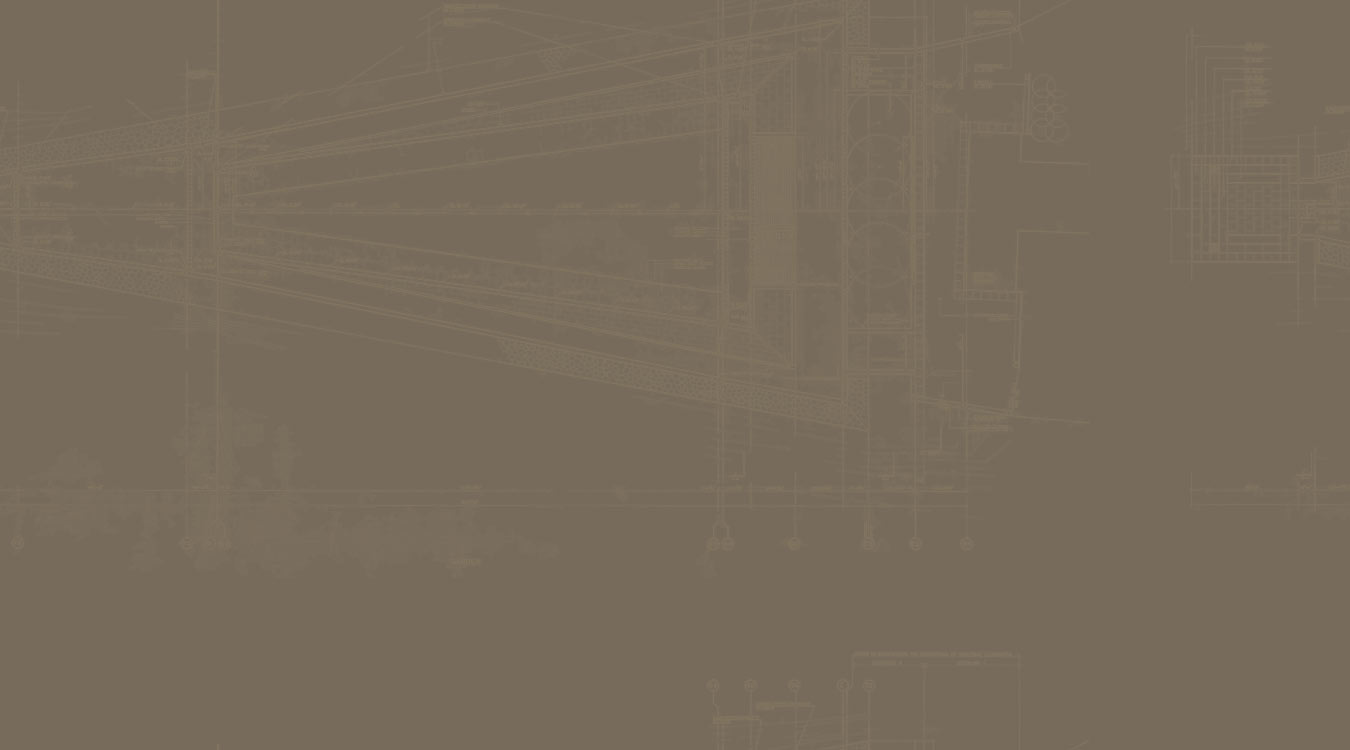This exhibition demonstrates how authentic architecture
originates in an idea, or a set of ideas, and how those ideas are
first manifest in drawings. Louis I. Kahn's sketches and drawings
for the Roosevelt Memorial are both hauntingly evocative
and powerfully architectural. They are not simply representational,
but serve to clarify ideas and explore and construct
space. By studying them we can consider, and perhaps enter,
both space and thought.
In the memorial, the ideas can be seen to emerge from both the
program and the site, each equally extraordinary. The architectural
program was nothing less than a monument to the highest of
human ideals and aspirations: the Four Freedoms articulated by
President Roosevelt in his annual address to Congress in 1941.
When Kahn was commissioned to design the memorial in
January 1973, the site at the southern tip of Roosevelt Island
was landfill, an isolated but glorious sanctuary in the East River
from which one might contemplate the majesty of Manhattan,
the authority of the United Nations and the sweeping grandeur of
New York Harbor. To this site and program, Kahn brought his own
ideas about democracy, monumentality, and architectural origins.
This exhibition brings together Kahn's original drawings for the
Roosevelt Memorial and the full set of construction documents
and specifications completed with the support of the office of
Mitchell/Giurgola Architects and David Wisdom Architect after
Kahn's death in March 1974. We are also privileged to be able
to include a Kahn sketchbook that contains exquisite drawings
and notes, which has never been previously exhibited. What
has emerged from the assembly of these materials is a
provocative position regarding the memorial: that a project
which had been commissioned, sited, designed, revised,
developed, detailed, and fully drawn and specified over thirty
years ago might finally be ready to be built.
In architectural practice today, construction drawings have
become instruments of service, operational instruments of
production. Construction drawings are now produced almost
universally as digital files using computer-aided design and
drafting programs. The files are often shared among many
individuals, and the «hand,» and certainly the touch, of any one
person on those drawings is all but lost. But the original set
exhibited here was drawn entirely by hand. Each drawing was
«constructed» with straight edges and compasses through the
pressure of graphite on a waxed linen surface. They are now
more than thirty years old, artifacts of another time in architectural
practice. Nonetheless, they retain their capacity to define
a project for which building methodology has little changed:
drawings may now be constructed digitally, allowing ever more
complex geometries, but, for the most part, buildings are still
made by hand. In the Roosevelt Memorial, the materiality is
inherent to the ideas of the project, and both are reflected in
the completeness and precision of the drawings.
Kahn's design for the Roosevelt Memorial has existed, fully
defined, for thirty years. Since then, much about New York and
the position of Roosevelt Island in the city has changed. Only
now does this formerly isolated site find itself as Kahn may have
imagined it, at the nexus of the city. Today New York's waterways
are no longer perceived as boundaries, but as grand, active
public spaces. It is a testament to both the clarity of the design
as a monument and as a public park, and to the power and
authority of the drawings that the project's realization has
seemed imminent for so long: work on the site to shape it to
the profile of Kahn's design was done as recently as 1995.
In an address to students in 1973, Kahn said, «I feel that being
in [a] school is like being in a chapel, and my duty is to write
psalms.» It is an honor for the School of Architecture to bring
this work, this song of praise, by a great architect and teacher
for a visionary leader and the ideals he championed, to our
students and the public, continuing our tradition of and
commitment toward sharing scholarship and extending
knowledge in a place of creative thought and debate. |
